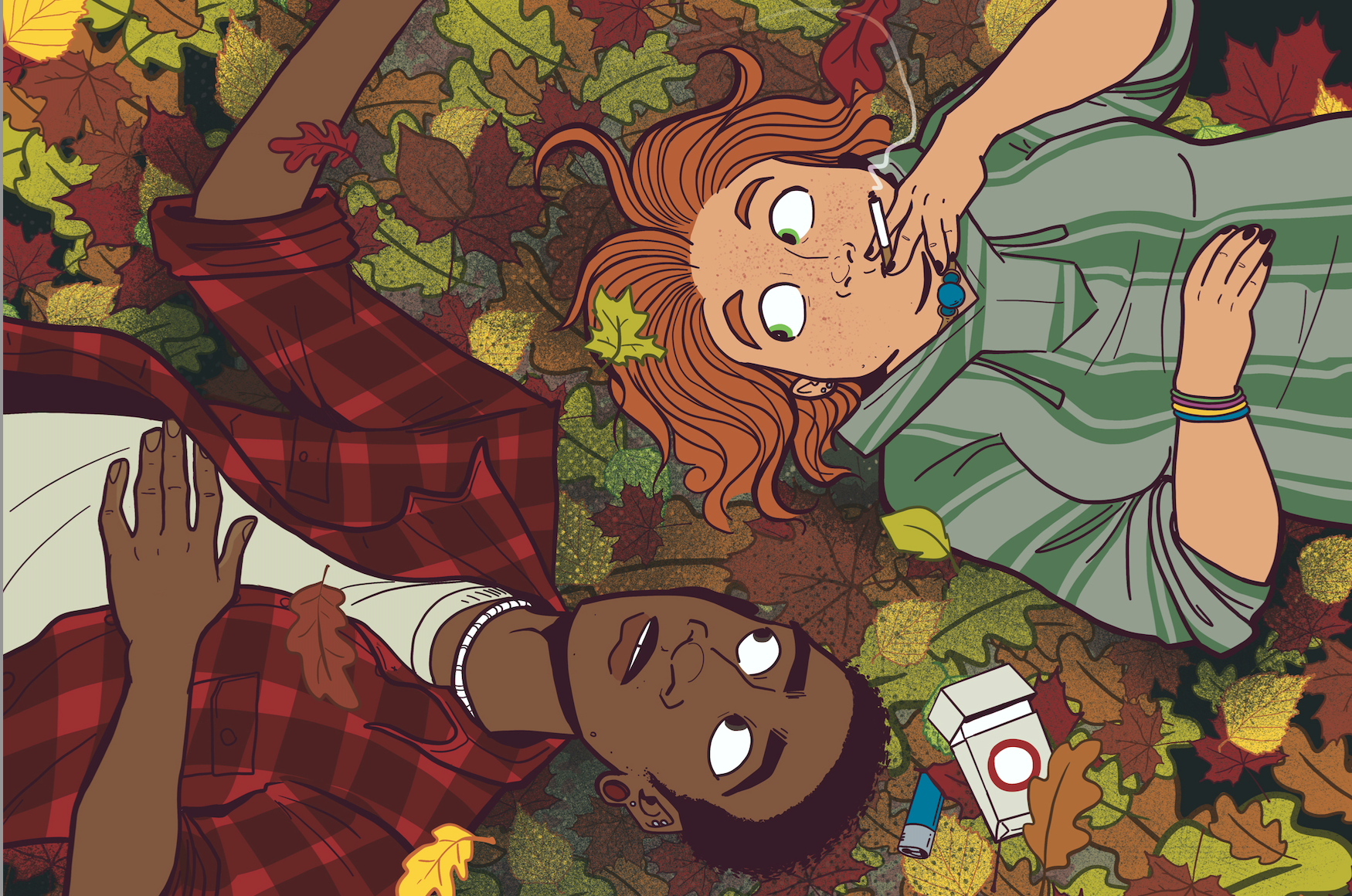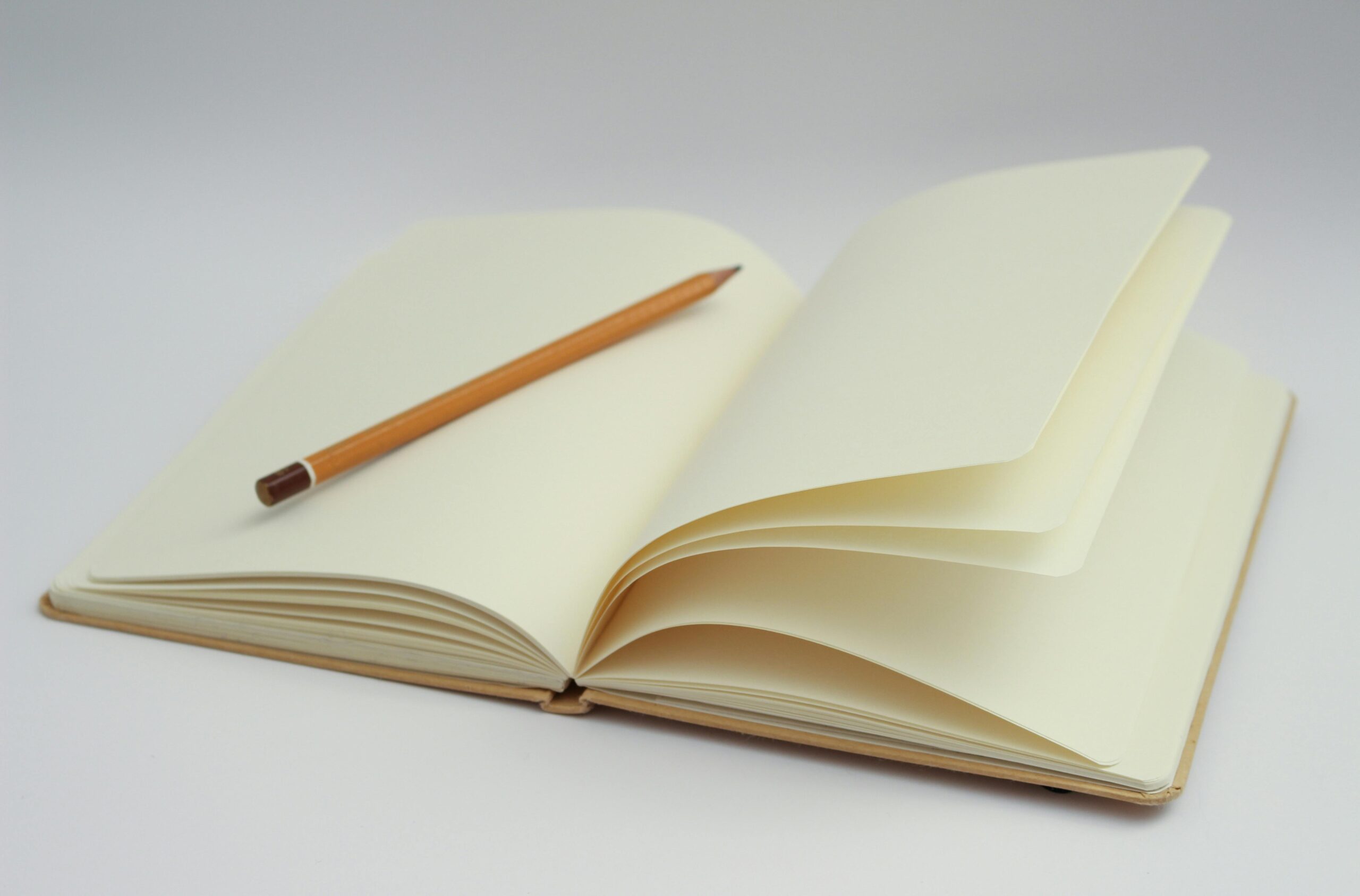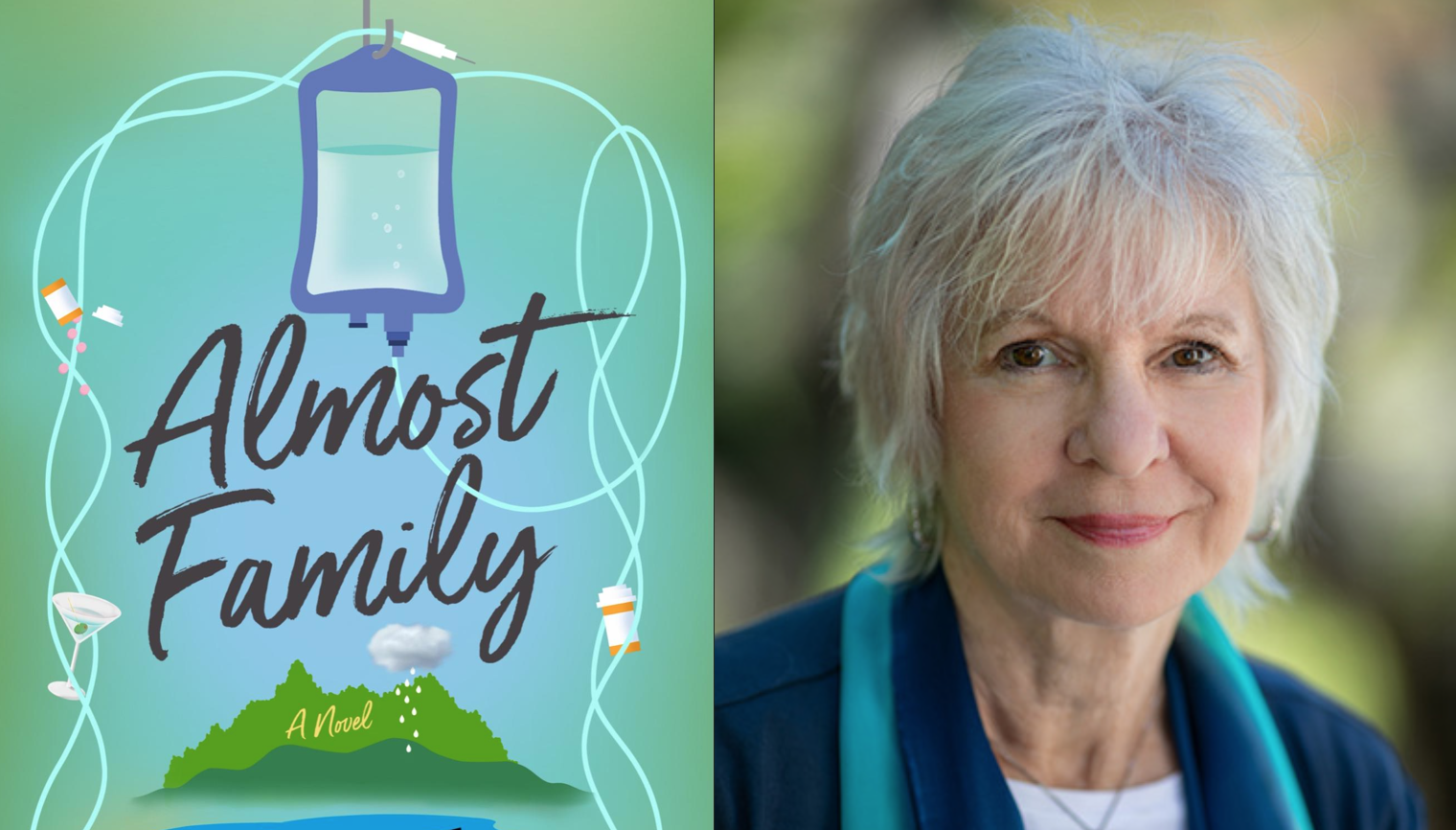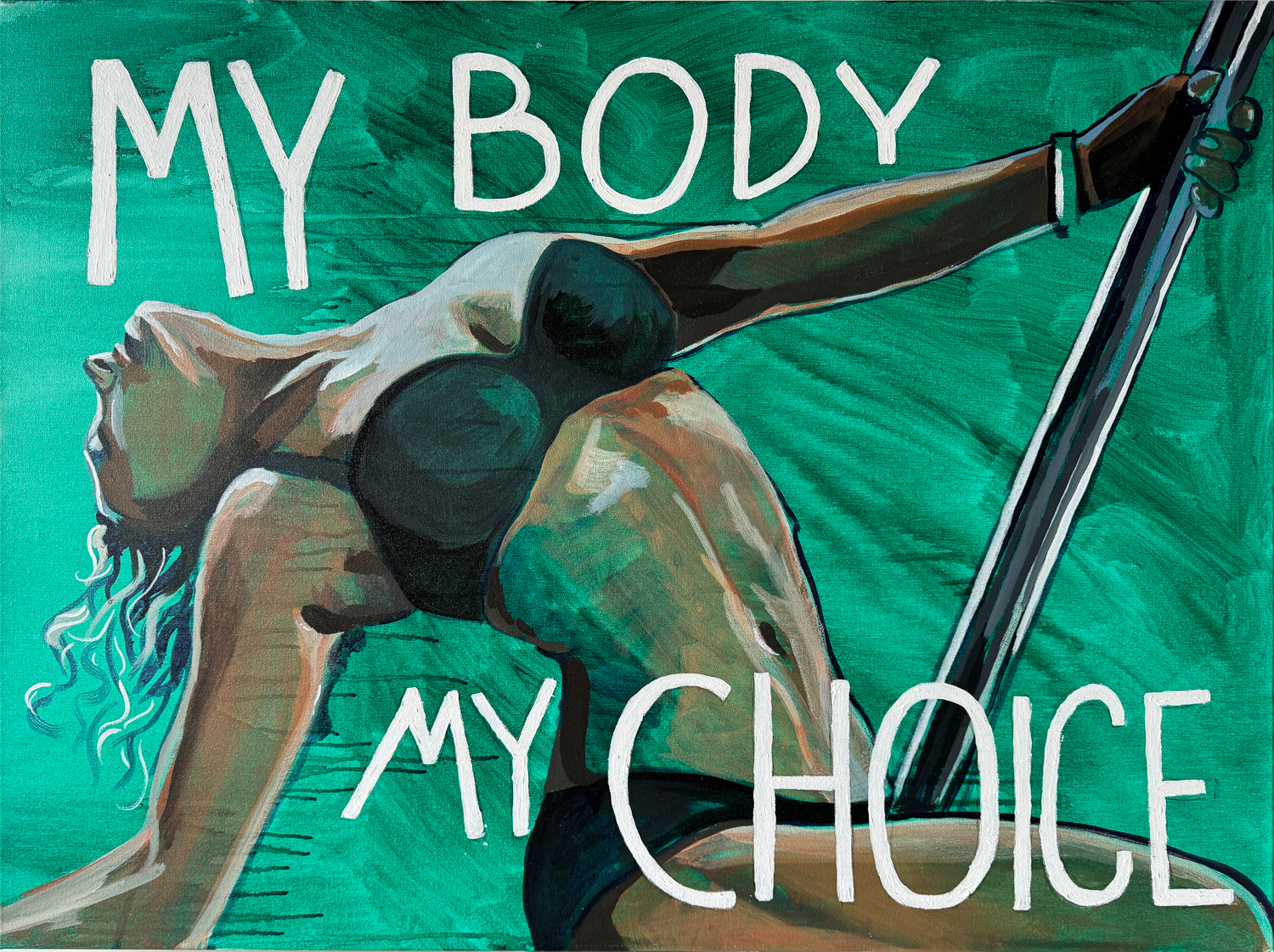
“Sleeping Beauty” (MW Editions, December 2021) presents award-winning photographer Lydia Panas’ mesmerizing, psychologically charged color portraits of women and girls lying down or half-reclined in lush natural settings, a metaphor for the positions girls and women have been placed in historically. Yet, the women and girls Panas photographed look at the camera and thus the viewer directly, with keen self-awareness.
Through the photographer’s lens, their inescapable gazes signal the knowledge that they are working to counter the stereotypical boxes they have been forced into. These women and girls look at us in a way that implies a lack of complicity. In a role reversal from the fairytale, Panas’ subjects exude a quiet power. They are wide awake and ready to rise at their own bidding.
In her text, Marina Chao, a partner at Higher Pictures Generation in Brooklyn and an established photography exhibition curator, writes about the evolution of Panas’ work over nearly 30 years:
“Panas creates a collective portrait of psychological womanhood as it is embodied by herself and the sitters and is understood, or misunderstood, by those who view the work. The portraits in “Sleeping Beauty” are also a collective mirror, reflecting back our feelings towards women, our assumptions and expectations of them. Panas’ women—Panas herself, all of us—are moving on, moving forward, and reclaiming the Garden.”

Maggie Jones, a contributing writer to the New York Times Magazine, opens this book with a personal essay about being sexually harassed by a man on a sleeper train when she was 19. She managed to quietly extricate herself from the situation but was filled with shame that her reaction was so “slow” and “muted.” She recalled the event when viewing one of Panas’ photographs:
“I thought of that night when I saw the photo of Jacque in Lydia Panas’ “Sleeping Beauty”. Like many of the women in this book, Jacque is on her back, the detritus of fall — dried grass, brown leaves – around her. But despite the fact she is lying down, she is no one’s victim. She folds her arms across her chest, clenches her hand beneath her shirt sleeve. A small furrow crosses her brow. Her eyes are open and intent. She looks at the viewer with skepticism, wariness.”
Jones concludes: “At 19, I had already come to expect harassment and had digested the message that I should brush it off and move on. Creating a louder response has taken years of fits and starts. Lydia Panas’ photos remind us there is, in fact, no bright shining moment of awakening and speaking out. Instead, we push against gravity, toward a constant, sometimes uneven, process of becoming.”
“Sleeping Beauty” embodies Panas’ complex and deeply personal relationship with portraiture. Her work is rooted in experience, what she sees, and how she understands people, relationships, and power dynamics. We had the opportunity to speak with Lydia upon release of the book about the norms she wants to challenge, and the message she hopes to impart to those who see her work:


How did the idea for ‘Sleeping Beauty’ first come about?
Becoming an artist was my way of saying what I couldn’t say as a girl. “Sleeping Beauty” speaks to the hidden strengths, the internal beauty, that we keep hidden for fear of repercussion. I think the ideas behind this work have been on hold for a long time and I can now speak about them.
What kind of historically narrow gendered notions or portrayals of women are you hoping to challenge?
I don’t think of my work as political when I make it, it comes from a personal place. But I also think that’s where the most universal and therefore political ideas come from. Women’s voices, women’s experiences are beginning to be considered, but my work is about how we get there individually. We don’t wake up one day and feel OK about speaking out, about exposing that which we were taught not to speak.
I’m interested in how we get there. It’s important that we move forward politically speaking, but it must happen within as well. Our psyches don’t change overnight just because the rules change. My work speaks to the process, the challenge, but the very real possibility of personal change.


For women to be seen and heard publicly can be such a powerful and even political act. How does ‘Sleeping Beauty’ play a role in current discourse around women taking up space in public arenas?
I think that’s exactly what the work is about – allowing women to take up space, to command the viewing experience. But also, rather than ignore the reality, to depict the process, the challenge of taking on this role. The women in these photographs look right back at the viewer, they are not objects/subjects/beautiful pictures to be observed. The work can make people uncomfortable, but it’s the discomfort of the process that lends itself to discussing broader issues and can help us live better lives.
Intertwined with my own gaze, the portraits disrupt or subvert photography’s power relations. I am expressing in non-verbal terms all the things I could not say as a girl, growing up. Things that were not said but were in the air. So, while my subjects do, in fact, turn their gaze towards me, it’s as if I turn the camera onto myself, both in the present and back in time. The women lie down, a metaphor for the position girls and women have been placed in historically, but they look out with self-awareness, in a way that implies a lack of complicity.
What kind of commentary are you making on traditional fairytales with the title, as well as the portraits?
I see the title as a reversal of a fairy tale that has been ingrained in all our minds, no matter who we are. We are taught that female beauty and compliance offer the promise of health, wealth, and happiness. This work refers to the beauty we carry internally – intelligence, thoughtfulness, curiosity, persistence, skepticism, critical thinking, defiance – and to allowing for the challenge and the discomfort of learning to wake up on our own rather than a ‘kiss’ from a stranger.

Why is it important to see more of the female gaze in creative projects right now?
We need to tell more of the stories that have been kept silent. More stories, more honesty, is a good thing.
What do you hope especially young women looking at your images in Sleeping Beauty will take away?
In a recent interview, I was asked how my children felt about posing for me when they were young and how they feel about it now. One of them wrote:
“When I was younger and asked to pose for my mom, I didn’t understand it. I didn’t like having to sit still and let go of facial expressions. However, as I’ve grown… I believe she taught me an invaluable skill – to let go of the emotions and thoughts at the forefront of my mind that take over and be still for a second. This allows me to get a second perspective on myself in that moment and take a step back from the situation.”
This is what I want from all the viewers, not just women – to look at the work as a series, take a step back, pay close attention to what they feel, and find themselves, in the faces of my work. Until we all look inside and take a step forward, it’s going to continue to be an uphill battle.
“Sleeping Beauty” by Lydia Panas is published by MW Editions. Learn more about Lydia’s work HERE, and buy a copy of the book HERE.

















